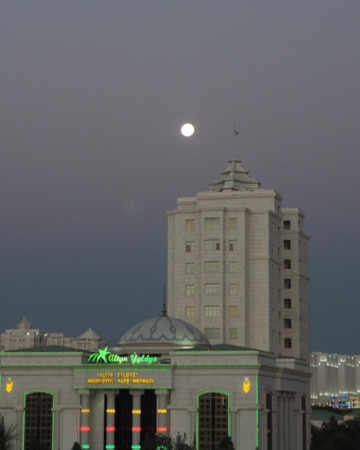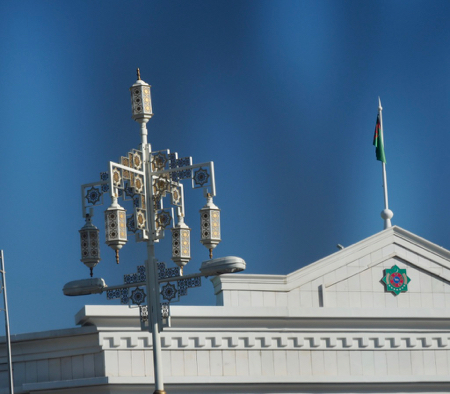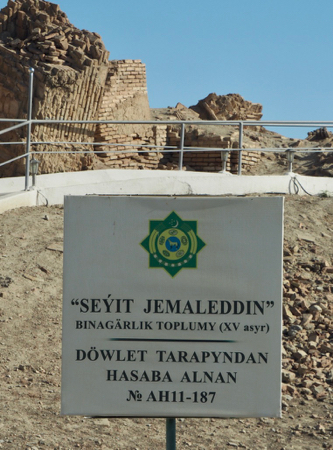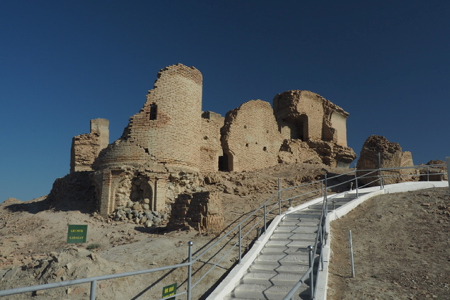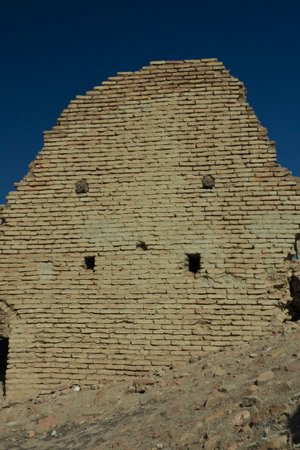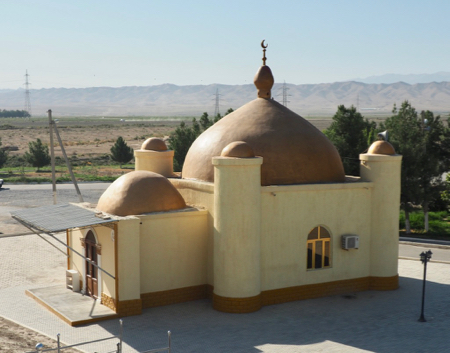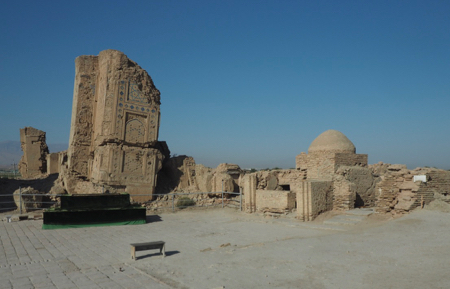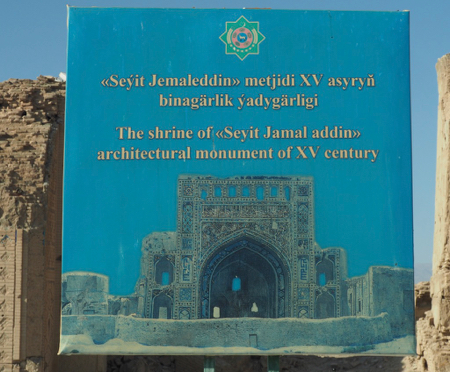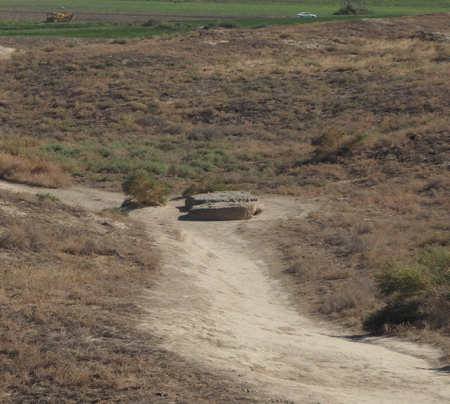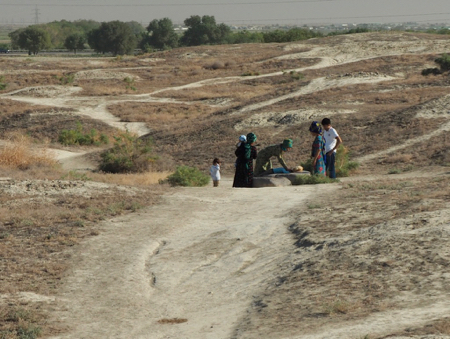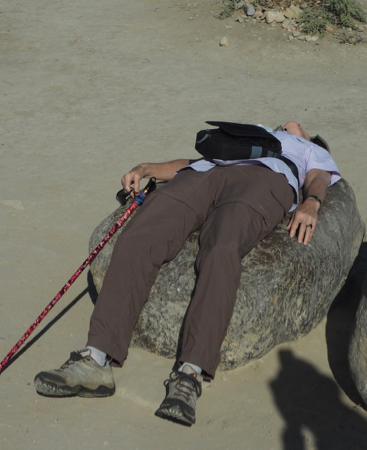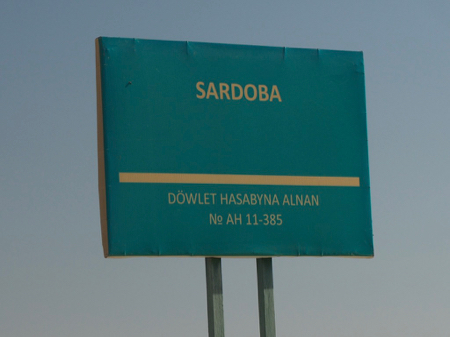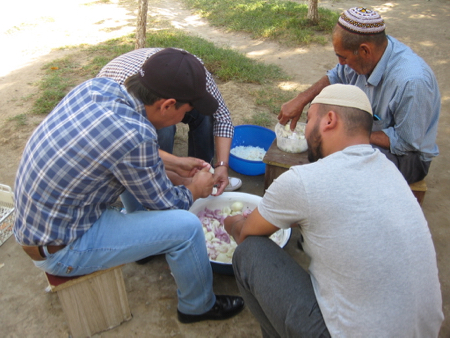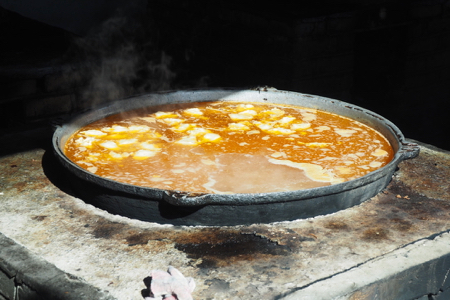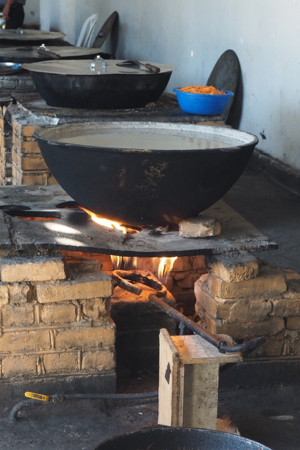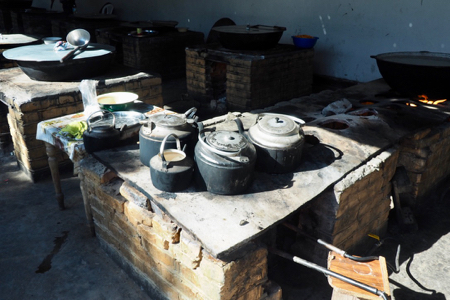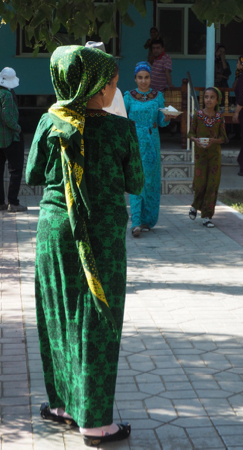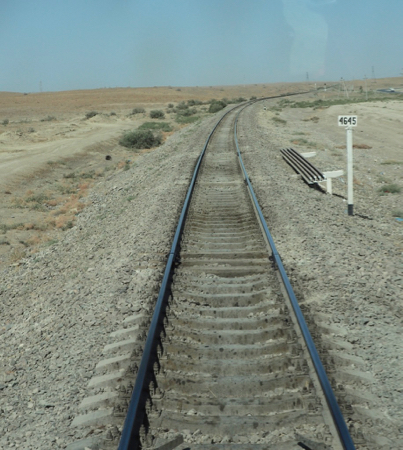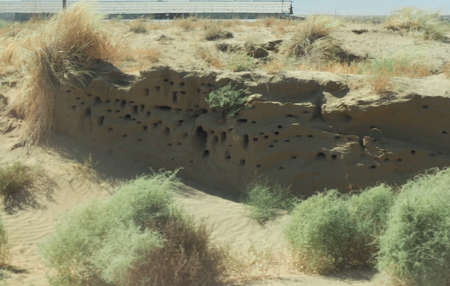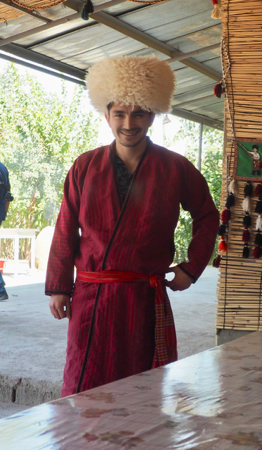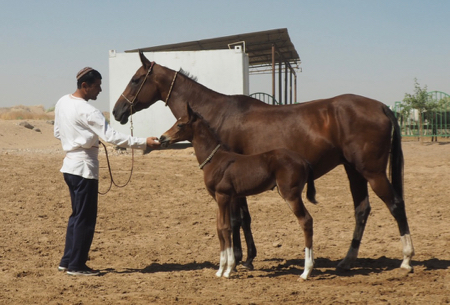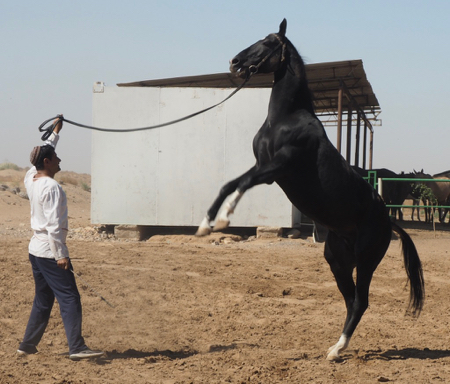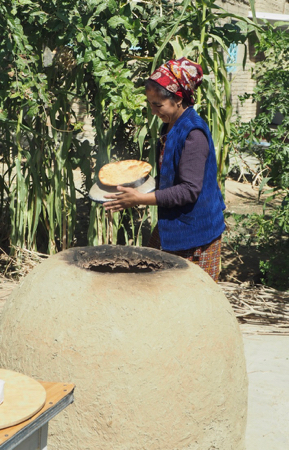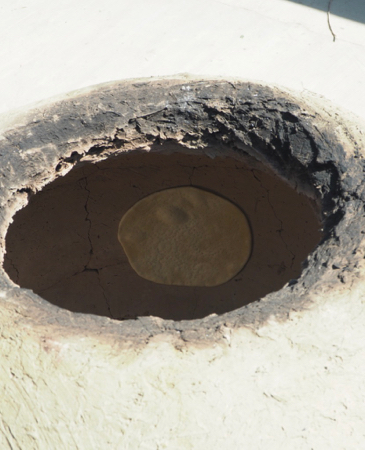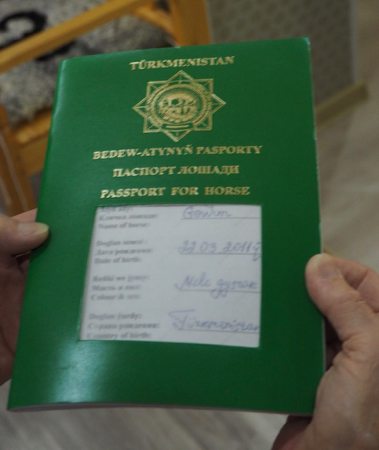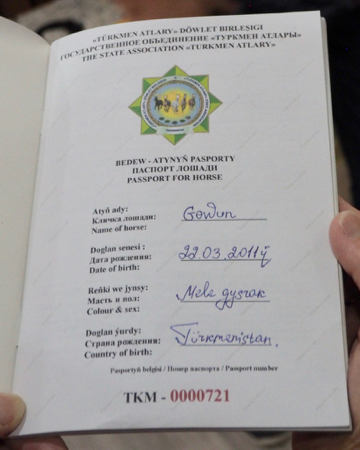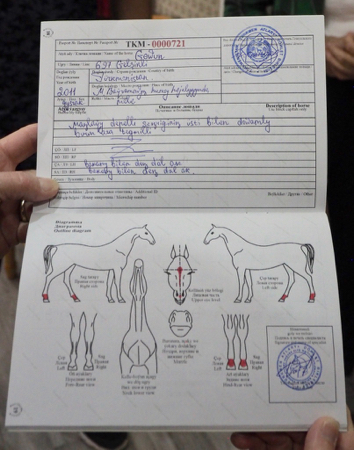Wed., 9/26/18 - Ashgabat and Kara Kum Desert
This morning we drove out to see the ruins of a 15th c. mosque and holy place of pilgrimage. On the way we passed by the small gray US Embassy and learned it was going to be moved to a large white marble (of course) building like most of the other embassies here. Perhaps it will be the “largest.”
Moon at dawn over Ashgabat
Ashgabat has the fanciest lamp posts!
We got to the ruins and the resting place of Seyit Jemaleddin, a 15th c. sheik. Not much is left of the site since the 1948 earthquake. There are two symbolic tombs and we watched women on pilgrimage walk three times around each tomb in an “anti-clockwise” direction, touching the tomb and then their foreheads. This ritual is done to make a wish or to say thank you for something.
Ruins
Typical divan for eating and lounging
Original wall
Small mosque at the site
Ruins of mosque
We walked to two stones on which we took turns laying on our backs. This was to fix any back pains. Felt good.
Healing stones
Family at healing stones
Gale fixing her back
Sign for the cistern
We walked down into the brick bee-hive-shaped cistern that once held water at this holy site.
Family leaving the ruins
As we walked to the “facilities,” we watched the preparations of traditional soup and other dishes made from sheep sacrificed in a thanksgiving feast. We were invited in to help celebrate a daughter who was accepted into the university. Plastic runners were laid out on the floor with platters of tomatoes, cucumbers, and parsley or melon slices, or cookies and cakes, etc. We sat on the floor and politely ate a sampling. The girl’s family was so pleased we joined them.
Men preparing the vegetables
Cooking the meat
Lentil soup
Cooking lamb stew
Cook fire
Pots and pans
Cutting up melon
Breaking up bread
The feast
Traditional dress
The Kara Kum (or Karakum) Desert is the fourth largest desert in the world at 350,000 square kilometers and covers 80% of Turkmenistan. In the 1880s Russia built a railroad across the desert from their port at the Caspian Sea to Vladivostok on the Sea of Japan. The railroad was a statement to the British that this side of the mountain range between Turkmenistan and Iran was the property of Russia, so stay out.
Railroad
Desert formations
Finally, we went practically off road to a special horse farm. The farm is among the dunes. It has about 100 horses (15 are racers at the Hippodrome in the city) that are the beautiful golden Akhal-Teke, the pride of Turkmenistan. This breed is so special there is a Ministry of Horses and each horse has its own passport with parentage, identifying markings, and a list of its winnings for racing, dressage, beauty contests, or whatever.
We sat under cover and out of the blowing sand (but visited by hundreds of flies) and watched as handlers led some of the beauties out to show off. Some were golden color and others black, but all had a unique shine. Their manes were cut very short because of the heat. 130° is usual in summer here. The mares were calm and came out with their foals. One foal was only two weeks old. The stallions were much more rambunctious. One foal was an albino with eerie clear eyes. The oldest was a 30-year-old jumper who was a champion at the 1960 Olympics. The stallions were all race winners. One of the gold horses was given to Queen Elizabeth II.
We ate lunch at the farm, inside with no flies. The owner’s son was our host. He was an exchange student for a year at the small town in Florida where two of our group lived. It is such a small world.
Our host in traditional dress
These horses are really beautiful!
Stone tandoor oven
Flatbread in the oven - variously known as Non, Nan, Naan, etc. depending on the country
Lunch
Horse Passport
Horse Passport
Back in the city we walked back to the market - you know what that means to my camera
Fish
| Return to Top | Return to Itinerary | Return to Trips page to view other trips | Return to Dreamcatcher Home Page |
